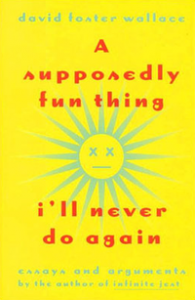[contextly_auto_sidebar id=”6L1vQwHGvhhhWxyn2fDj3qlLYwI011YD”]
ATYPICALLY, I’ll start the week by recapping the weekend a bit. First, the Los Angeles Philharmonic is partway through its second Minimalist Jukebox. The Phil is doing its best to take an expansive view of this oft-caricatured movement. On Saturday I caught a John Adams-conducted concert that included a world premiere, U.S. premiere, and (by the standards of this young subgenre) old chestnut.
Michael Gordon’s Sunshine of Your Love, the opening piece, was the real ear-opener for me. Critic Mark Swed wrote in his LA Times review that the piece was “surely the loudest sustained noise a conventional symphony orchestra has ever been asked to make and a conventional symphony orchestra subscription audience has ever been asked to accept.” That may be, though it was more than just a blast of noise. Made up of four sections, each tuned an eight of a pitch apart, the piece used traditional orchestral ornamentation but sounded more than a bit like one of the overdriven guitar parts Jimi Hendrix played. At the same time, it was perfect for Disney Hall’s acoustics.
Curiously, Sunshine was first performed across Europe in 1999; it’s taken til 2014 for a stateside rendition. More proof of the difficulty of contemporary music to find a proper venue and organization willing to take a chance on it, even by a composer like Gordon, one of the founders of Bang on a Can. This piece was both radical and accessible.
Terry Riley’ organ concerto, At the Royal Majestic, which made its world premiere, was many people’s favorite of the evening; wildman organist Cameron Carpenter, played like a demon. John Adams’ Naive and Sentimental Music is one of my favorites of this composer who brings West Coast minimalism together with 19th century romanticism. At least one of my classical- music friends has his doubts about Adams, but his best work speaks to me in both direct and elusive ways.

